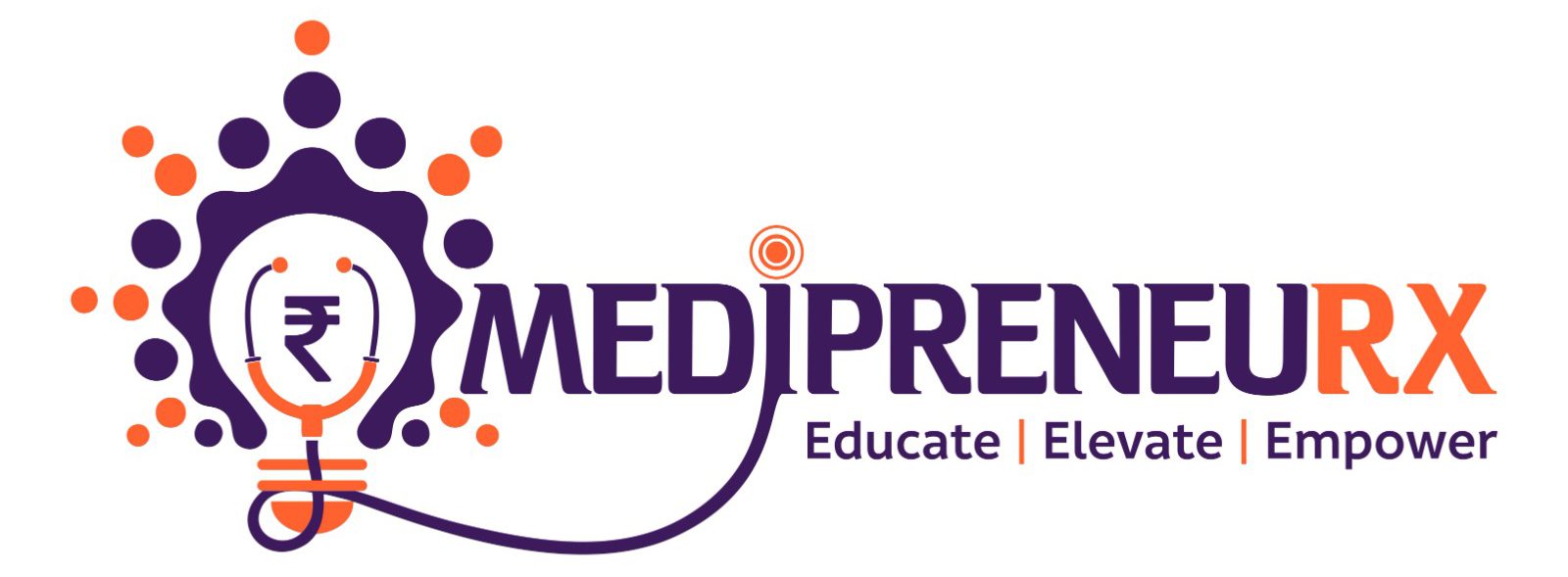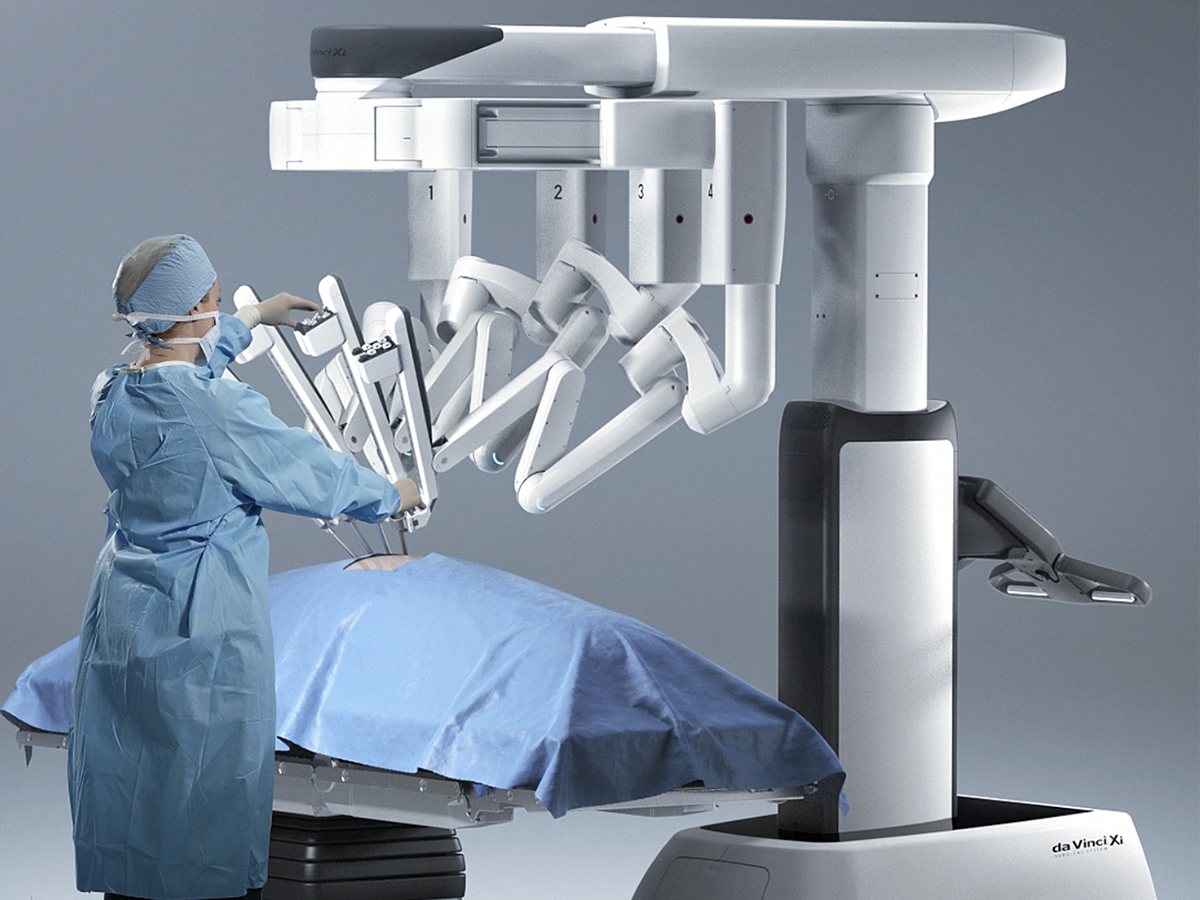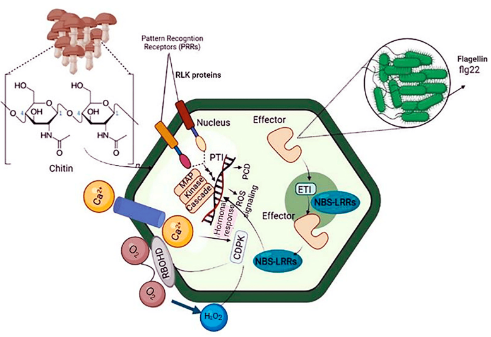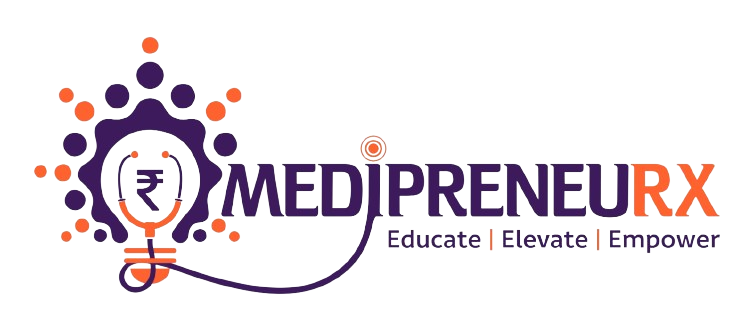For the best possible patient care and results, effective communication is essential in the healthcare industry. It includes a number of components, including language obstacles, cultural competency, health literacy, and effective patient-provider communication. Reducing the likelihood of unfavorable patient outcomes and enhancing the delivery of healthcare as a whole depend on this all-encompassing communication strategy.
Health Literacy and Communication: The ability of a patient to comprehend and utilize healthcare services and information is referred to as health literacy. It has a big impact on how patients understand their medical illnesses, their treatment options, and how to stay healthy. Low health literacy can make it difficult for patients to follow prescription guidelines, which can increase healthcare use and result in worse health outcomes.
To communicate effectively with patients, you must first determine their degree of health literacy. Standardized instruments that assess medical terminology comprehension, numeracy, and reading comprehension can be used for this. Patients who are at danger of misinterpreting medical information can be identified with the use of straightforward tests such as Pfizer’s “Newest Vital Sign”.
Multi-Format Patient Education: To accommodate varying learning styles and reading levels, it is imperative to provide patient education materials in numerous formats. Using visual aids, maintaining cultural relevance, and speaking clearly without using medical jargon are all important aspects of information presentation. To improve comprehension, patient materials should be readable at the acceptable grade levels.
Additionally, patient education should steer clear of information overload, concentrate on key points, and promote patient participation through dialogue and questioning. The Teach-Back Method involves asking patients to repeat and clarify the material in their own words in order to confirm that they have understood it. It is a useful strategy.
Language Barriers and Cultural Competency: Cultural competency refers to the ability to comprehend and honor various cultural backgrounds, customs, and values. In order to overcome racial and ethnic inequities in healthcare delivery, it is essential. In order to provide culturally competent care, healthcare institutions should train their staff, use language services, and involve members of varied communities in the planning and delivery of treatment.
Barriers based on language can seriously affect understanding and communication. Language assistance services must to be easily accessible in healthcare systems to guarantee successful connection with patients who do not speak English. Equitable treatment for all patients requires staff training on the use of language services and cultural nuances.
Integration with Healthcare Systems: Smooth integration of effective communication techniques is necessary with healthcare systems. This entails integrating language hurdles, cultural sensitivity, and health literacy assessments into standard operating procedures. Clear communication and patient-centered care should be emphasized in healthcare personnel training programs.
Technology use can also improve educational and communication initiatives. Telemedicine platforms can include language interpretation services for remote consultations, and electronic health records can have prompts for evaluating health literacy. Healthcare communication is now more accessible and efficient thanks to these technology advancements.
Action Plans and Continuous Improvement: Improving communication in healthcare requires ongoing assessment and observation. In order to bridge the gaps in language services, cultural competency, and health literacy, organizations should create action plans based on assessment results. You can utilize the Plan-Do-Study-Act (PDSA) technique for continuous quality assurance and iterative improvements.
To sum up, a comprehensive strategy that includes language services, cultural competency, health literacy, and clear communication techniques is needed to achieve effective communication in the healthcare industry. Healthcare organizations can improve patient outcomes, lessen inequities, and optimize care delivery by incorporating these components into their systems and consistently enhancing their communication strategies.








